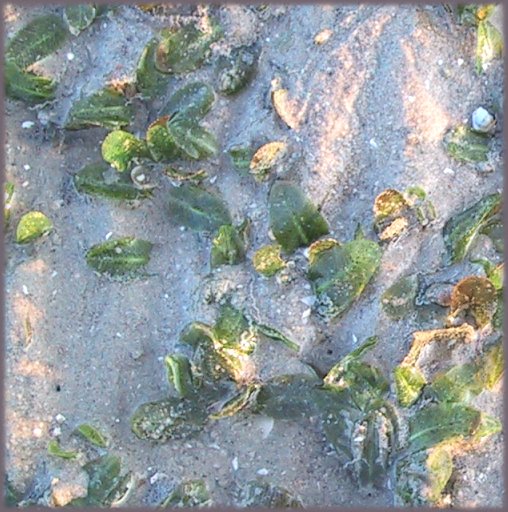References
Den Hartog, C. 1970. Seagrasses of the world. North Holland Publishing, Amsterdam. 275pp.
Philips, R.C. & Meñez, E.G. 1988. Seagrasses. Smithsonian Contributions to Marine Science, 34: 104pp.
Philips, R.C & McRoy, C.P. (Eds) 1990. Seagrass research methods. UNESCO Monographs in oceanographic
methodology 9: 210pp.
Short, F. T., Coles, R.G., Short, C.A. 2001. Global seagrass research methods. Elsevier, Amsterdam. 473pp.
Taxonomic name:













